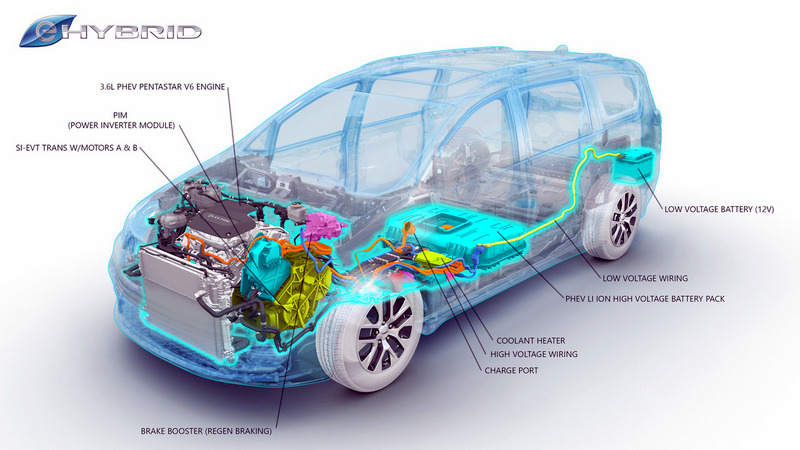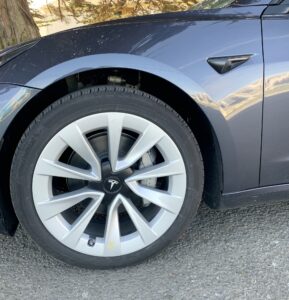A DIY Electric and Hybrid Car Maintenance Guide
Essential Tools and Tips to Get You Started
This article may contain affiliate links.

Electric and hybrid vehicles are not just a trend; they’re the future of automotive technology. Their growth in popularity is fueled by the need for environmental conservation and technological advancement.
However, while electric and hybrid vehicles are changing the way we drive and offer benefits like fuel efficiency and reduced emissions, they do come with their own unique set of maintenance and usage requirements. Understanding how to care for these types of cars yourself requires specialized knowledge and tools. It pays to know how to make some changes and repairs.
Essential Tools for Electric and Hybrid Car Maintenance
Understanding which quality mechanics tools and other essential supplies you need is the first step in DIY maintenance. Apart from the basic wrenches, screwdrivers and pliers, you will need insulated gloves, since high-voltage components require careful handling, a voltage tester for safely checking electrical circuits and a torque wrench. This wrench offers precise tightening to ensure connections are secure without damaging components.
In addition, buy some circuit testers for troubleshooting electrical issues and a hybrid multimeter to measure voltage, current, and resistance specific to hybrid and electric cars. Plus, don’t forget a battery charger. You’ll need one specific to your car’s battery type; this is essential for top performance.
Understanding the Battery System
Battery maintenance is not just about charging, though. It also includes regular inspections, where you check for physical damage, loose connections and corrosion as well as cleaning terminals, where you use a wire brush to remove corrosion.

You’ll want to run voltage checks to ensure the battery is at optimal voltage levels and complete some cooling system maintenance. Batteries generate heat, so the cooling system must be kept in optimal condition.
Brake and Regenerative Braking System Care
Understanding the difference between traditional and regenerative braking is also key when maintaining electric and hybrid cars. Regular inspection and maintenance of your vehicle’s braking system, including brake pads, rotors, fluid levels and connections, are essential.
Remember that you need to conduct brake fluid inspections to check fluid quality and levels, run diagnostics using specialized tools to detect any underlying issues and note any brake pad wear. (Different wear patterns may appear due to the regenerative braking system.)
Cooling System Maintenance for the Battery and Motor
In addition to checking coolant levels, other tasks related to the cooling system include:
- Radiator inspections, to check for leaks, damages and proper functioning.
- Hose checks, to inspect for brittleness, cracks or leaks.
- Coolant quality checks, since regular replacement with the correct type of coolant ensures optimal cooling.

Tire Care for Electric and Hybrid Cars
Proper tire care is vital, too, because electric and hybrid vehicles have different weight distribution than typical cars. Regular alignment checks, rotations and pressure monitoring are essential to keep your vehicle in good working order.
Charging Equipment and Home Charging Setup
Investing in the right home charging setup ensures convenience and safety. You must select the correct charger level for your needs and the charging setup should be properly installed by a certified electrician. Plus, over time, cables and connections must be regularly inspected to prevent wear and potential hazards.
Understanding Diagnostic Tools for Electric/Hybrid Vehicles
Specialized diagnostic tools can save time and money for you over the coming years. For example, learning how to use an OBD-II scanner that’s compatible with your vehicle can provide insights into various subsystems and notify you if issues arise.
Customizing Your Electric or Hybrid Vehicle
Electric and hybrid vehicles are more than just a means of transportation; they can be a reflection of your personality and values. Customization can range from aesthetic changes to performance modifications, but it’s essential to understand the vehicle’s unique characteristics when making these choices.
For instance, if you want performance upgrades, such as software updates to enhance energy efficiency, acceleration or top speed, professional guidance is recommended. You could go for some aesthetic customizations, too. From decals to custom lighting, make sure any modifications comply with legal requirements in your jurisdiction. As for accessory additions, roof racks, bike mounts or interior enhancements can be done with the right tools and instructions. Always consider the vehicle’s weight and balance, though.
Joining Electric and Hybrid Car Communities
Being part of an electric or hybrid car community can provide tremendous support, inspiration and fun, and help you learn more about maintaining your vehicle. These communities offer knowledge sharing, from maintenance tips to troubleshooting, and you can take part in exclusive deals because some communities negotiate discounts with service providers or accessory vendors.
When to See a Professional
Of course, knowing when to see a professional is as important as DIY care. Complex repairs, system recalibrations and specific diagnostics might require specialized tools and expertise that you shouldn’t try to tackle yourself.
Owning an electric or hybrid vehicle is a responsible choice towards a greener future. With the right approach, knowledge, tools, and safety measures, you can undertake many maintenance tasks at home. Embrace the satisfaction of maintaining your vehicle while contributing to a sustainable future, but always remember that professional help is available when needed.

1 thought on “A DIY Electric and Hybrid Car Maintenance Guide”